Table of Contents
Most HPBooks are available at special quantity discounts for bulk purchases for sales promotions, premiums, fund-raising, or educational use. Special books, or book excerpts, can also be created to fit specific needs.
For details, write: Special Markets, The Berkley Publishing Group, 375 Hudson Street, New York, New York 10014.
In loving memory of Scott Glascock.
May we always honor your spirit.
THE CAFE FLORA COOKBOOK would not have been possible without the help of many people. I owe thanks to:
The guests of Cafe Flora, first and foremost. Your curiosity about what you were eating, your many requests for the recipes, and our attempts to convert kitchen instructions into recipes for you led me to write this book.
Janine Doran, chef of Cafe Flora, for your many creative contributions to this book. I literally could not have done my job without you.
Jim Watkins and Karen Jorgensen Sando, former chefs of Cafe Flora, whose wonderfully imaginative menus laid a creative, solid foundation for me.
All the wonderful cooks at Cafe Flora, past and present, who had a hand in creating the dishes in this book for your inspiration, teamwork, and camaraderie. Special thanks to Amy Pinkis, Brian Dawbin, Dawnula Koukul, Fred Mulder, Jon Blanchard, Key Ransome, Kim Calvo Lance Okamoto, Leon Bloom, Lisa Lewis, Marie Holtz, Mike Miller, Pauline Wickey, Roxy Firincilli, Sarah Klein, and Sarah Wong.
Jeff Watanabe and James Sutherland at Cafe Flora for generally being cheerleaders for the bookdigging for menus, photos, and articles, fielding calls about the books publication date, and so on.
Jane Dystel, for your belief in the book, Miriam Goderich, for your guidance in writing a compelling proposal, and, of course, John Duff, for bringing our ideas to real life.
Robin Seigl, for your vision in choosing the best dishes to photograph and your tenacity in getting the perfect picture.
Angie Norwood Brown, for taking exquisite photographs that are fresh, lively, and seductive.
Beth Stroh-Stern, for going out in the middle of the night to pick out-of-season greens for the photographs.
Carol Brown, for your expertise and enthusiasm without which this project might have been abandoned. You found a way to present unwieldy recipes in a comprehensible manner, helped me find my voice, and kept me from going crazy more than a couple of times.
To all the home-cook testers whose meticulous testing and thoughtful feedback made each recipe more clear for our readers: Emily Lieberman, Jules Cohen, Carolyn Grnlund, Doralee Moynihan, Pam Mandel, Lisa Maki, Pam McClusky, Annie and Michael Rosen, Barry Briggs, Buck Close, Christine Happels, Daniel Shurman, Danielle Gibbs, David Foecke, Diane Murray, Doug and Jocelyn Plass, Ellen Ziegler, Frances Crouter, Gary Tucker, Geoff Hulten, Gerry Smith, Gracie Close, Heather Grube, Helen Phillips, Jane Glascock, Janie Somps, Jessica Hunicke, Judy Tobin, Julie Blakeslee, Kim Hunicke, Laura Phillips, Lauren Weber, Maggie Carr, Margaret Harris, Mary Glascock Anderson, Mary Holscher, Matthew Perez, Matthew Preusch, Meg Gage, Mike Baker, Noel Ragsdale, Paul Finley, Paul Huppert, Rachel Weber, Robin Siegl, Sarah Sterling, Scottie Rozenbaum, Shanti Soule, Stan Hiserman, Tim Harris, Trish Fields, Valerie Kelley, Vicki Halper, Wendy Goffe, and Zev Siegl.
Gracie Close, David Foecke, and Scott Glascock for opening Cafe Flora and for your trust and confidence in me. Im not sure I would have continued my career as a cook had our paths not crossed.
Fred Kaplan, for introducing me to your Seattle food world.
My family and friends, who graciously cleaned up and washed the dishes after my multicourse recipe-testing extravaganzas.
The staff at Tierra Learning Center, for patiently listening to my grumbling and allowing me the time to complete this book.
And finally, my parents, who always put a good, nutritious meal on the tableI still dont know how you managed to feed all of us! My love for cooking started at home; thank you for encouraging my experiments in the kitchen.
 INTRODUCTION
INTRODUCTIONA COUPLE OF YEARS AFTER we opened Cafe Flora, a delightful visitor to Seattle
named David discovered the restaurant and chose throughout his week-long stay to
have all of his lunchtime and evening meals with us.
On his way to the airport, David stopped in to tell us that he was a little embarrassed.
He had eaten over a dozen meals at Cafe Flora and, while a committed carnivore, had
not realized until the last minute the restaurant was vegetarian.
Davids confession told us that we had succeeded. Meat-free dining had come of age!
Many, perhaps the majority, of the 100,000 or so guests who visit Cafe Flora each
year do not consider themselves vegetarian. They come for meals because the food
excites and satisfies them. They have learned that the old idea of a meal without meat, as a form of deprivation, is simply an anachronism.
We at Cafe Flora recognize that some of the most lively, tantalizing, and deeply satisfying foods from around the world are made without the use of meat products. We have learned to draw from diverse culinary traditions from different parts of the globe as we develop new dishes. These traditions, together with the availability of an abundance of locally grown produce and herbs, have been the inspiration for creating imaginative and dynamic menus. Cafe Floras menus continue to evolve, with an emphasis on playfulness, seasonality, and variety of cooking traditions.
The Cafe Flora Cookbook is designed to give all of you who are cooking at home a broad selection of recipes that have been most popular and most accessible out of the thousands to come out of our kitchen during the restaurants decade-plus history. It should be noted that many of the recipes included are vegan (entirely free of dairy products and eggs) or may easily be made so with one or two modifications.
A Short History of Cafe Flora

In the spring of 1990, three old friends and longtime residents of Seattles Madison Valley met to consider purchasing an abandoned launderette and storefront church in the heart of the neighborhood, to be converted to a vegetarian restaurant.
Their shared motives were larger than the usual entrepreneurial bottom-line incentives. They hoped to create a great vegetarian place which would also help anchor the neighborhood and serve as a gathering place for building more of a sense of community. They wanted to construct the restaurant facility and design ongoing operations in ways that would be environmentally sensitive, and which would serve as a model business in attending to the health of the planet. They also wished to provide a humane and respectful workplace with decent benefits, a place where most of the employeesmost of the timecould actually look forward to getting up and coming to work. They hoped to develop a business that could be successful enough to give generously back to the community. And finally, they wanted a restaurant that would challenge the clichs of vegetarian cooking and introduce imaginative nonmeat dishes, beautifully presented and genuinely satisfying.



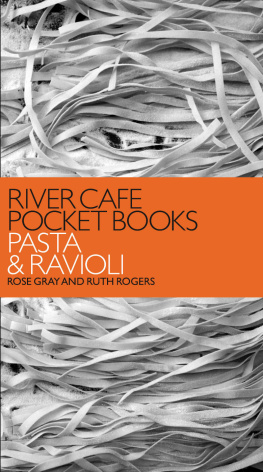
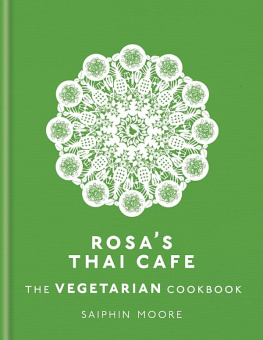
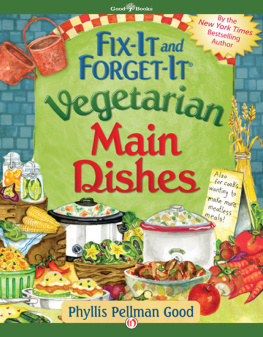
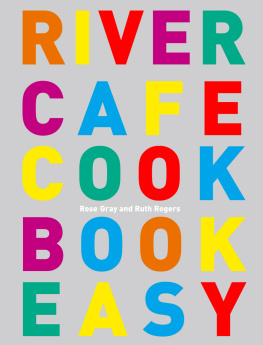

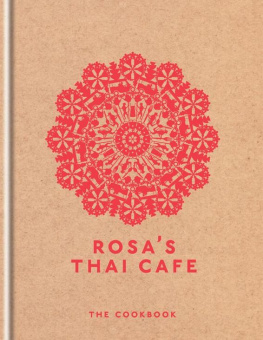
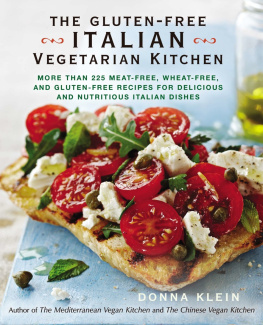


 INTRODUCTION
INTRODUCTION In the spring of 1990, three old friends and longtime residents of Seattles Madison Valley met to consider purchasing an abandoned launderette and storefront church in the heart of the neighborhood, to be converted to a vegetarian restaurant.
In the spring of 1990, three old friends and longtime residents of Seattles Madison Valley met to consider purchasing an abandoned launderette and storefront church in the heart of the neighborhood, to be converted to a vegetarian restaurant.